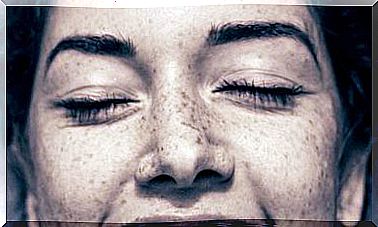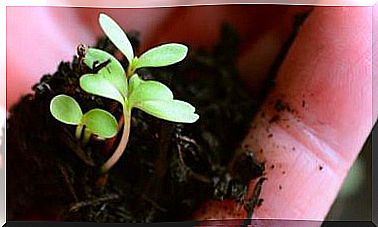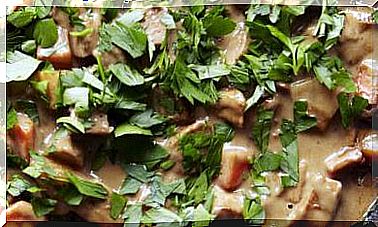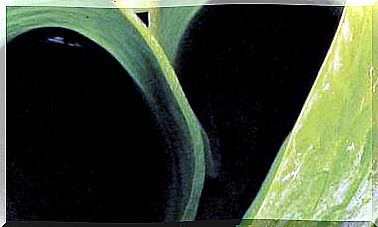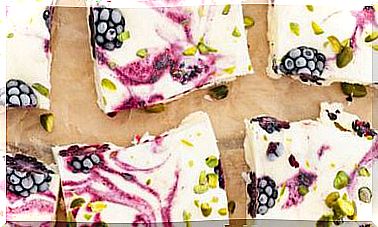Ayahuasca: It Is Not A Drug, It Is A Therapeutic Journey
The effects of ayahuasca make it a plant that, used in a therapeutic or ritual setting, can contribute to overcoming traumas and addictions or to personal growth.

Ayahuasca appears from time to time in the media in reports that describe an absurd tourism in search of intense experiences and illuminations in the jungle. However, ayahuasca is a preparation that has been used for thousands of years within the framework of shamanic culture, as a tool for knowledge and self-care. And, on the other hand, scientists study it for its effects and its possible therapeutic utility.
What is ayahuasca, effects and traditional use
Ayahuasca or yagé is a drink used by the Amazonian indigenous peoples that is generally made from the combination of two plants:
- Banisteriopsis caapi , a liana known as “liana or rope of the dead.”
- Psychotria viridis , which provides the psychologically active agent, DMT.
The ingestion causes access to a modified state of consciousness in which visions and emotions that can be intense can occur. It has practically zero toxicity in healthy people, according to several studies.
In traditional use, ayahuasca is considered a source of wisdom. But it is knowledge that makes sense in a given cultural context, that provides a coherent interpretation of the experience.
The scientists who investigate it believe that the plant can help to overcome or alleviate addictions, emotional trauma, depression or mental illnesses such as schizophrenia, always within the framework of a therapeutic use directed by an expert.
The therapeutic use of ayahuasca in addictions and traumas
The pharmacologist Jordi Riba, from the Sant Pau Hospital in Barcelona, considered the greatest expert in ayahuasca in the world, was the first to carry out a clinical study of the effects of ayahuasca, both physiological and psychological effects. He discovered that the active principles of ayahuasca act on the brain centers that update emotional memories.
This property seems useful to break addictions and order your own inner world. Jordi Riba participated in a study with patients with depression who did not respond to conventional treatment and who did respond to ayahuasca. The good results have led to the study of its usefulness in cases of post-traumatic stress and in the rehabilitation of prisoners in Brazilian prisons.
The psychiatrist Josep María Fábregas, director of the CITA clinic in Barcelona, specialized in addictions, discovered the plant more than two decades ago and has created Ideaa (Applied Amazonian Ethnopsychology Institute), a center in the heart of the Amazon basin with the capacity to treat about 150 patients. One of them was Giovanna Valls, sister of Manuel Valls, former Prime Minister of France, addicted to heroin, who wrote about her positive experience in the novel Aferrada a la vida (RBA, 2014).
According to Fabregas, ayahuasca improves adaptation capacity and can be used for self-analysis and in personal growth processes, etc. In the case of addicts, it would help them, in a therapeutic framework, to get out of the routines, traumas and vicious circles that keep them tied to harmful drugs.
Another Spanish researcher, the psychologist and pharmacologist José Carlos Bouso, also points out its effectiveness in treating trauma. It is not, therefore, a recreational drug.
According to Bouso, it should not be taken without knowing why or without an expert supervising the experience, which must take place in a safe environment. It should be monitored, among other things, the possible interaction with medications and the health status of the patient or consumer, as it produces a certain increase in blood pressure and heart rate.
Legal status of ayahuasca
Ayahuasca as such is not on the UN list of narcotic substances. However, DMT is found , one of the active substances to which the psychological effects are attributed.
In Spain the situation is considered to be one of legal vacuum. There are groups that use it with discretion in a neo-shamanic or religious framework. In Brazil, the United States and the Netherlands its religious use is recognized.
Scientific references:
- Jordi Riba et al. Four Weekly Ayahuasca Sessions Lead to Increases in “Acceptance” Capacities: A Comparison Study With a Standard 8-Week Mindfulness Training Program. Frontier in Pharmacology.
- Jordi Riba et al. Assessing the Psychedelic “After-Glow” in Ayahuasca Users: Post-Acute Neurometabolic and Functional Connectivity Changes Are Associated with Enhanced Mindfulness Capacities. International Journal of Neuropsychopharmacology.
- Jordi Riba et al. Ayahuasca Improves Emotion Dysregulation in a Community Sample and in Individuals With Borderline-Like Traits. Psychopharmacology.
- Jordi Riba, José Carlos Bouso et al. Long-term Use of Psychedelic Drugs Is Associated With Differences in Brain Structure and Personality in Humans. European Neuropsuchopharmacology.
- Fabregas, Bouso et al. Assessment of Addiction Severity Among Ritual Users of Ayahuasca. Drug and Alcohol Dependence.



